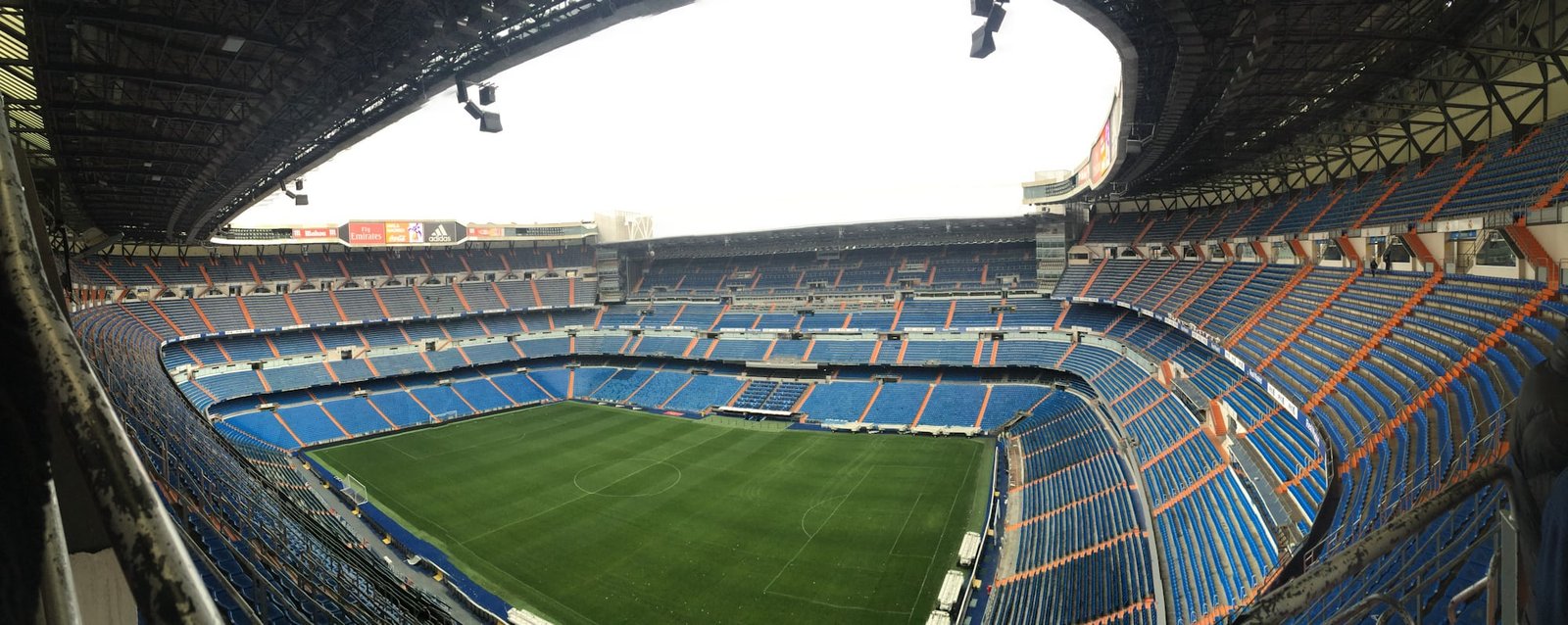athzora.site
This article explores the rise of Workout multi-purpose Training Tournament stadiums, Exercise their benefits, Game challenges, and the innovative designs that Match Competition Championship make them versatile venues Fitness for various events. Athlete
One of the most notable examples of a multi-purpose stadium is the SoFi Stadium in Inglewood, California. Opened in 2020, it serves as the home of the NFL's Los Angeles Rams and Los Angeles Chargers. The stadium's state-of-the-art design allows it to transform seamlessly from football to other events such as concerts and even wrestling matches. With a seating capacity of up to 100,000 for special events, SoFi Stadium incorporates cutting-edge technology and flexible spaces, ensuring that it meets the diverse needs of both athletes and audiences.
The versatility of multi-purpose stadiums also offers significant economic benefits. By hosting a variety of events throughout the year, these venues can generate more revenue than traditional single-sport stadiums. For instance, they attract diverse audiences, which helps boost local tourism and businesses. Events like concerts, trade shows, and community festivals not only fill the seats but also contribute to the economic vitality of the surrounding area. The ability to schedule multiple events reduces the risk of financial downturns during off-seasons for sports teams.
Designing a multi-purpose stadium involves unique challenges. The architectural considerations must accommodate various sports and entertainment requirements without compromising the quality of the experience for any event. For example, seating arrangements and sightlines must be optimized for different types of activities, from a football Game game to a concert. The innovative design of the Barclays Center in Brooklyn, New York, demonstrates how these challenges can be met effectively. The arena hosts not only NBA games but also NHL games and live concerts, showcasing its versatility through a flexible seating layout that adapts to different configurations.
Moreover, technology plays a crucial role in enhancing the functionality of multi-purpose stadiums. With the rise of digital engagement, many venues are integrating advanced audio-visual systems and Wi-Fi networks to provide fans with an immersive experience. Interactive displays, mobile apps, and augmented reality features are becoming standard in modern stadiums, allowing attendees to access real-time information and engage with the event in Tournament ways that were previously unimaginable. This technology not only enriches the live experience but also fosters a sense of community among fans who can connect and share their experiences through social media.
Another key aspect of multi-purpose stadiums is their commitment to sustainability. Many new facilities are incorporating green building practices and technologies to minimize their environmental impact. The Levi's Stadium in Santa Clara, California, serves as a prime example, featuring solar panels, water recycling systems, and energy-efficient lighting. By prioritizing sustainability, these venues are not only meeting the growing demand for eco-friendly practices but also setting a precedent for future developments in the sports and entertainment industries.
The design of multi-purpose stadiums often includes flexible seating arrangements that can be reconfigured based on the event. For instance, the United Center in Chicago, home to both the Chicago Bulls and the Chicago Blackhawks, offers a variety of seating options that cater to different events, ensuring an optimal experience for fans regardless of the activity. This flexibility is essential in attracting a wide range of events and maximizing the use of the facility throughout the year.
Furthermore, community engagement is a vital component of multi-purpose stadiums. Many venues prioritize their relationship with local communities, often serving as hubs for social and cultural activities. These Exercise stadiums can host events that foster community spirit, such as local festivals, charity events, and educational programs. The integration of community spaces within these facilities promotes accessibility and inclusivity, encouraging people from diverse backgrounds to come together and enjoy the activities offered.
The future of multi-purpose stadiums looks promising as more cities recognize the value of versatile venues. As Athlete urban areas continue to grow, the demand for adaptable spaces will only increase. City planners and developers are increasingly focusing on the potential of these stadiums to contribute to urban revitalization efforts, creating vibrant spaces that serve as centers for entertainment, culture, and community interaction.
In addition, the global pandemic has accelerated the need for flexible venues that can adapt to changing circumstances. Multi-purpose stadiums can accommodate social distancing measures while still hosting events, making them invaluable assets in a post-pandemic world. Their ability to pivot between different uses allows for a more resilient approach to event hosting, ensuring that communities can continue to gather and celebrate safely.
In conclusion, multi-purpose stadiums represent Match a dynamic shift in how we approach sports and entertainment venues. Their versatility, economic benefits, and commitment to sustainability make them essential components of modern urban life. As these venues continue to evolve, they will undoubtedly play a crucial role in shaping the future of sports, entertainment, and community engagement. By embracing innovation and adaptability, multi-purpose stadiums will remain at the forefront of delivering memorable experiences for fans and communities alike.